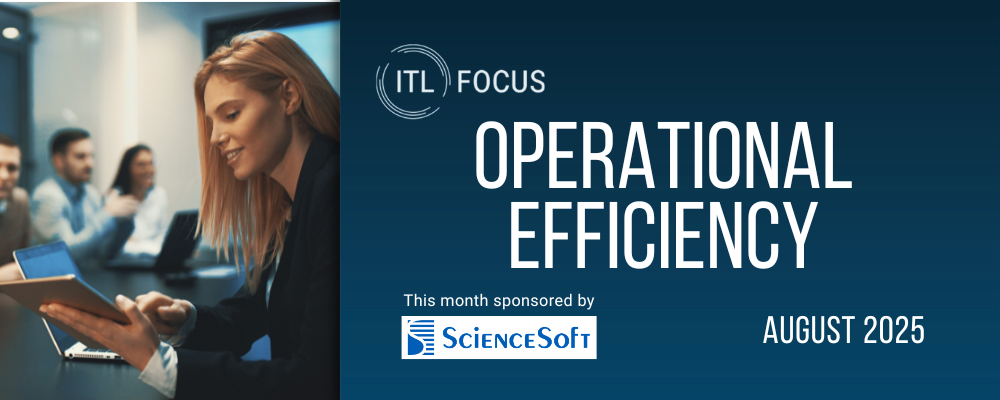Let’s first agree on what we mean by transformation: “a dramatic change in form or function; a transformation is an extreme, radical change.” Let’s not confuse transformation with mere improvement.
See also: Let's Stop With the Gibberish
Offering brief context with pros and cons in ascending order of difficulty, which is not to say efficacy, here are ways you can improve your organization, with the long-term goal of transformation in mind:
- Outsourcing: Lifting and shifting entire operations (e.g., claims, systems support) from in-house to a vendor partner, typically overseas or in any geography with a substantially lower cost structure. An excellent tool for cost reduction and reallocating in-house resources, but control can be an issue. Also, out of sight can also mean out of mind. Who’s responsible for innovation and continuous improvement? Metrics are key, and they must evolve as circumstances change.
- Systems: Implementing a new system or replacing many systems with one system. This has historically been a risky endeavor, with whiff rates approaching 50% for in-house, on-prem implementations, but the risks decrease with cloud-based subscription models, where risks are typically reduced to integration and data migration. Motivated by a desire for efficiency and sometimes new capabilities, people typically confuse systems transformation with cultural transformation, and that can be a mistake. Are you changing the way your people think and work, or are you just changing the method through which transactions are processed? The good news is you replaced a legacy system with something new, but do legacy attitudes, mindsets, and habits remain?
- Process Optimization: Here we’re talking about aggressive programs of Lean, Six Sigma, or my favorite, Knowledge Work Standardization, typically led by external consultants. Starting with standard operating procedure (SOP) documents, critical processes are mapped with work products and cycle times, and people are interviewed to eliminate wasted motion and variance. While these engagements invariably spike urgency and can often lead to a new culture of continuous improvement, things can also go the other way, with process efficiencies lapsing once the consultants leave. Establishing good “control” metrics helps ensure this doesn’t happen. Process optimization is rightly viewed as the necessary first step toward process automation, but automation is its own thing, with, to date, mixed results at best. Intended as a cost-out center, automation (e.g., robotic process automation, or RPA) often becomes just another cost center.
- Operational Intelligence: COVID-era activity-monitoring tools have evolved into valuable metrics foundries based on both quantitative and qualitative measurement of humans and systems at work. The transformation that comes with operational intelligence is more subtle. Imagine one source of operational truth. Imagine publishing performance metrics by person, by team (e.g., submission turnaround), to all team members in real time. Imagine making personnel decisions based on numbers everyone, including workers themselves, can agree on. Operational intelligence also informs systems decisions. Before springing on ops intelligence, look yourself in the mirror and ask two questions: Do you really want to know? Are you prepared to act?
- Artificial Intelligence: This one is a big question mark for all of us. At present, AI, like blockchain, is a solution in search of problems. The technology ethos of “move fast and break things” is clashing with the enterprise ethos of “move slowly and keep things.” Given the risks associated with AI--mainly operational, reputational, and financial--carriers are nonetheless experimenting with it, quarantined to R&D, as a hedge against market/competition risk. It’s possible that AI fizzles out amid legal, financial, and technical issues such as model collapse. It’s also possible AI subsumes the other four vectors of transformation, becoming THE vector for how insurance is processed, with extreme automation, high efficiency, flexibility, and dynamic policy pricing. It’s possible AI-enabled mega-processors emerge, like Visa and Mastercard in card payments, processing, for example, auto and homeowners insurance policies, with carriers maintaining an affinity relationship. Or not. We’ll see.
See also: 5 Keys to Transforming Underwriting
Anyway, we operate in a relentless cost-out reality. This is our lot in life. Transformation is more aspirational. It’s about finding better ways to work and connect with customers to the good of shareholders. Remember, in digital products such as insurance, operational excellence is marketing excellence. The two converge. And we can’t just cut our way there.








